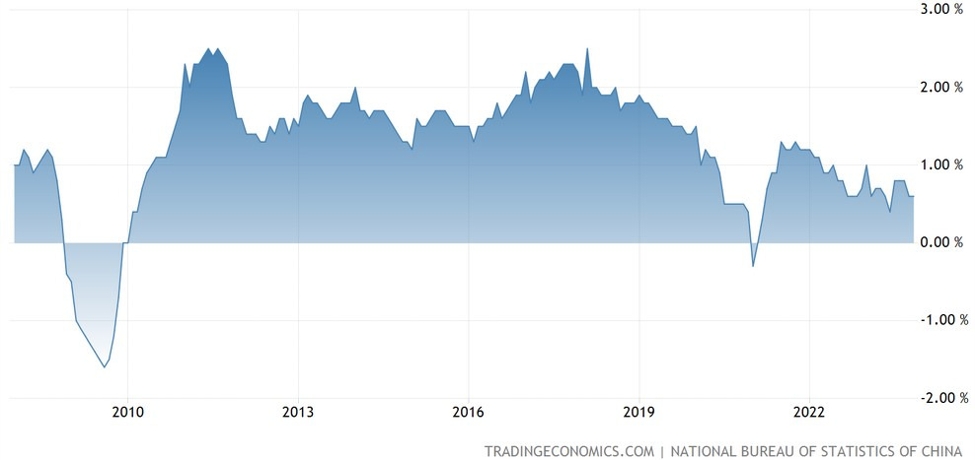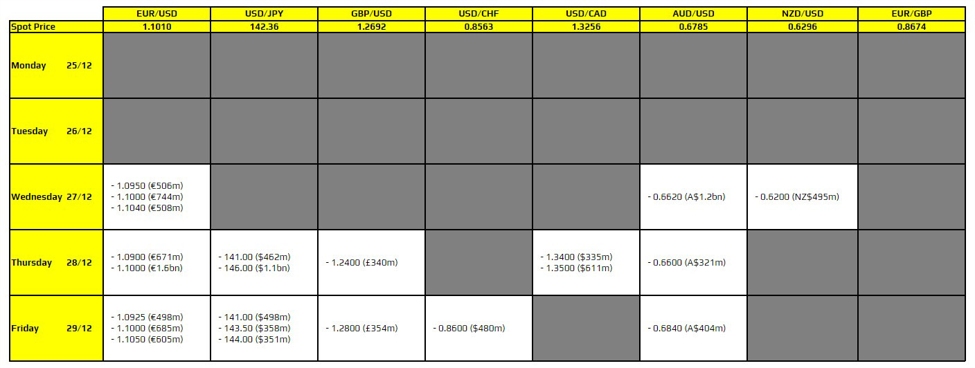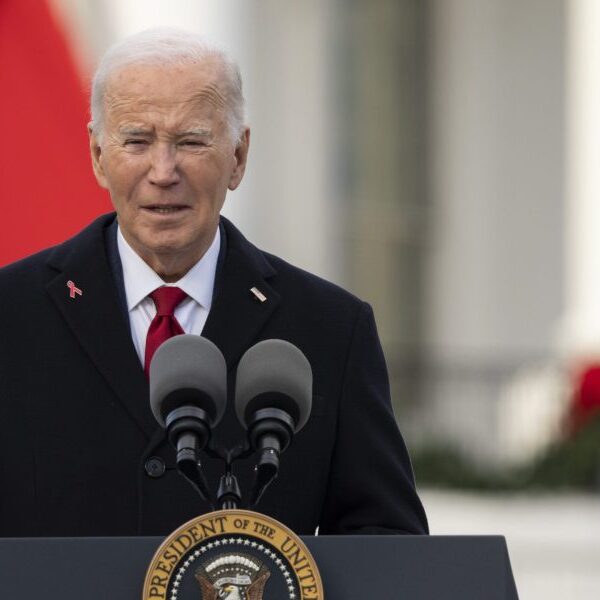The July U.S. jobs report shifted the narrative swiftly.
Atlanta Fed President Bostic acknowledged this change, noting that the data warrants a reassessment of Fed policy—shifting the emphasis from inflation risks alone to a more balanced view that includes growing concerns about the labor market. The report clearly points to a loss of momentum in job growth, signaling a broader slowdown in employment conditions.
The Fed must consider that even if tariffs drive inflation higher, a deteriorating employment picture could amplify the downside risks. Rising prices in a weakening labor market could further suppress demand, potentially deepening job losses and ultimately leading to disinflation or even deflation in the event of a recession.
Key Data Highlights
-
Nonfarm payrolls rose by 73,000 jobs in July—well below the 110,000 forecast, and following revised gains of just 14,000 in June and 19,000 in May. The average over the last 3 months is only 35,000.
-
The unemployment rate climbed to 4.2%, up from 4.1% in June. That is still relatively low
-
Wage growth remains steady: +0.3% MoM, and +3.9% YoY
Implications:
Fed Policy Outlook
Softening employment data, combined with substantial downward revisions to prior months, has significantly strengthened the case for a Fed rate cut—potentially as early as September. Market estimates now place the probability of a September cut at 90%. Many economists view the latest jobs report as a decisive turning point, suggesting that if inflation remains contained, the Fed has a clearer path to easing.
Just days ago, Fed Chair Powell noted that the central bank would have the “luxury” of reviewing two more employment and inflation reports before the September 17 meeting. However, few—if any—anticipated such a sharp reversal in labor market momentum. The three-month average for job gains has now fallen to just 35,000, underscoring the sudden and dramatic cooling in hiring.
Before the report, Trump posted on Truth Social:
You get the feeling that Trump was venting about the weak report.
Notably, there is a growing call for the Federal Reserve Board to assert greater control over policy direction. The two dissenting votes on Wednesday—Governors Michelle Bowman and Christopher Waller—are both members of the Fed’s Board of Governors and were appointed by former President Trump during his previous term. Their opposition underscores the internal divisions within the Board itself.
The others board members were all appointed by Pres. Biden:
-
Philip N. Jefferson — Vice Chair. Appointed in 2022 and began serving as Vice Chair in September 2023. Appointed by President Joe Biden
-
Michael S. Barr — Governor. Appointed in 2022; formerly served as Vice Chair for Supervision.Appointed by President Joe Biden
-
Lisa D. Cook — Governor. Appointed in May 2022; the first African American woman on the Board.Appointed by President Joe Biden
-
Adriana D. Kugler — Governor. Appointed in 2023; the first Latina to serve on the Board.Appointed by President Joe Biden
Fed governors are not supposed to be politically motivated, but most everyone has a bias.
There are four regional presidents who also vote along with the New York Fed president who has a permanent vote. The four regional presidents are:
-
Susan M. Collins – President, Boston Fed
-
Austan D. Goolsbee – President, Chicago Fed
-
Alberto G. Musalem – President, St. Louis Fed
-
Jeffrey R. Schmid – President, Kansas City Fed
Federal Reserve Bank presidents are not appointed by the U.S. President. Instead, they are selected through a private search process led by each regional Fed Bank’s board of directors and then approved by the Federal Reserve Board of Governors.
What has been the Market Response
-
Treasury yields have dropped sharply—10-year yields fell nearly 13 basis points and 2-year yields fell more than 23 bps as the odds of a Fed rate cut increase into the 90% range for September another rate cut now the odds on for December.
-
The dollar weakened, while equities rebounded as markets priced in easier monetary policy. Ironically, Trump said recently that will be supports a stronger dollar, “You don’t sell anything” with a stronger dollar.
-
Gold spiked nearly 2%, driven by both softer-than-expected jobs data and renewed trade tension fears .
Stocks are down sharply. The S&P index is now below its 200-hour moving average at 6252.91. The price has been holding support against that moving average as the market traded higher. Breaking below is more negative. The price is currently trading at 6226.80.
The NASDAQ index fell briefly below the 200-hour moving average, but quickly rebounded. The last few minutes have seen another run to the downside (Trump positions to nuclear subs in response to inflammatory remarks from Russia’s Medvedev) . The price is currently at 20627. The 200 hour moving average is at 20617.69.
Labor Market Health
-
Job growth is heavily tilted toward healthcare and social assistance (55,000 and 18,000 respectively), while federal employment fell by 12,000 jobs
-
Despite overall stability, long-term unemployment rose to 1.8 million, nudging up the U6 underemployment ratio and highlighting lingering structural weakness
-
A decline in labor force participation to 62.2% also masked some signs of labor market strain. Looking at the good sector, total jobs fell by -13,000. Looking at the service sector, 96,000 jobs were created this month led by private education and health services added 79,000 of the 96,000. That makes sense given the aging of the US population. Apart from that sector job growth was minimal.
-
Below is the list of where jobs were created
Structural & Policy Risks
-
Economic headwinds from tariffs, immigration policy, and aging demographics are amplifying hiring pressures, especially in vulnerable sectors like manufacturing and construction .
-
The downward revisions—258,000 jobs cut from May and June estimates—are among the steepest on record and indicate deeper-than-expected labor weakening .
Summary
The July jobs report significantly softens the narrative around the U.S. labor market. With employment growth barely exceeding population trends and inflation still sticky, the data buttresses the case for a near‑term rate cut, while signaling a cooling economy. This builds a clearer path for policymakers and markets, though risks remain from tariffs and sector-specific sluggishness.














